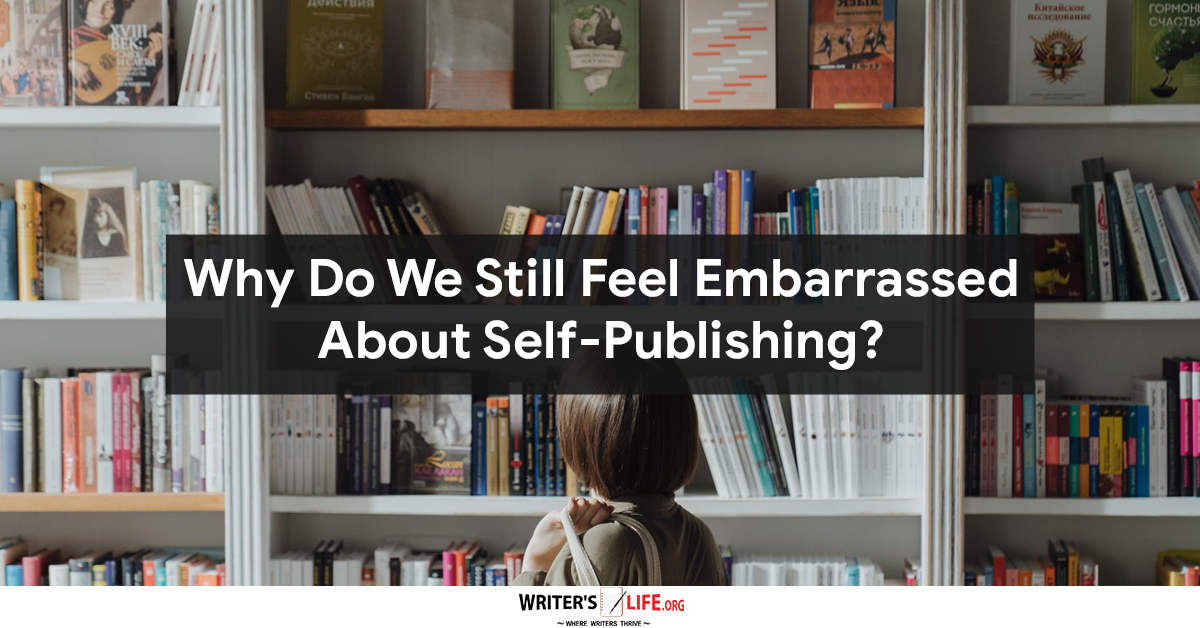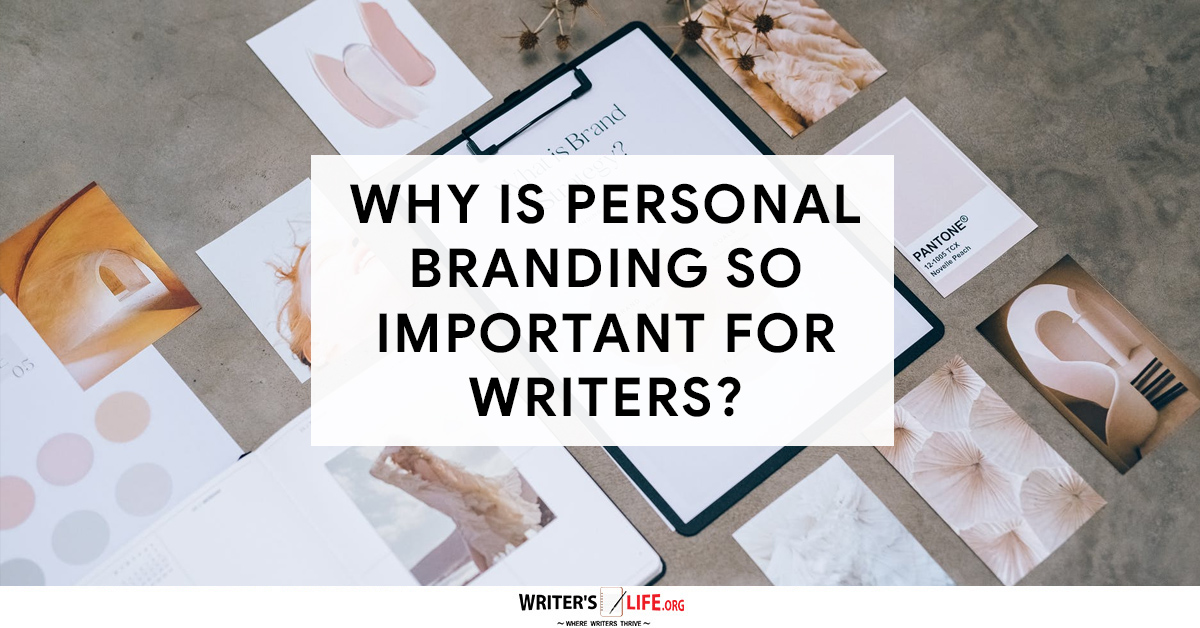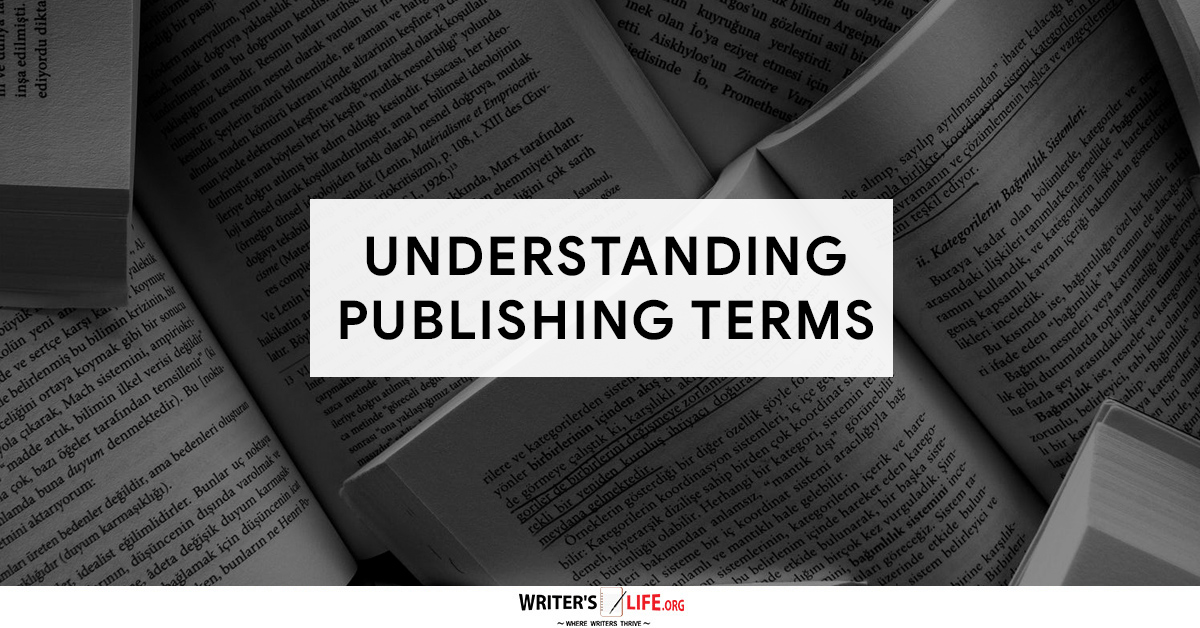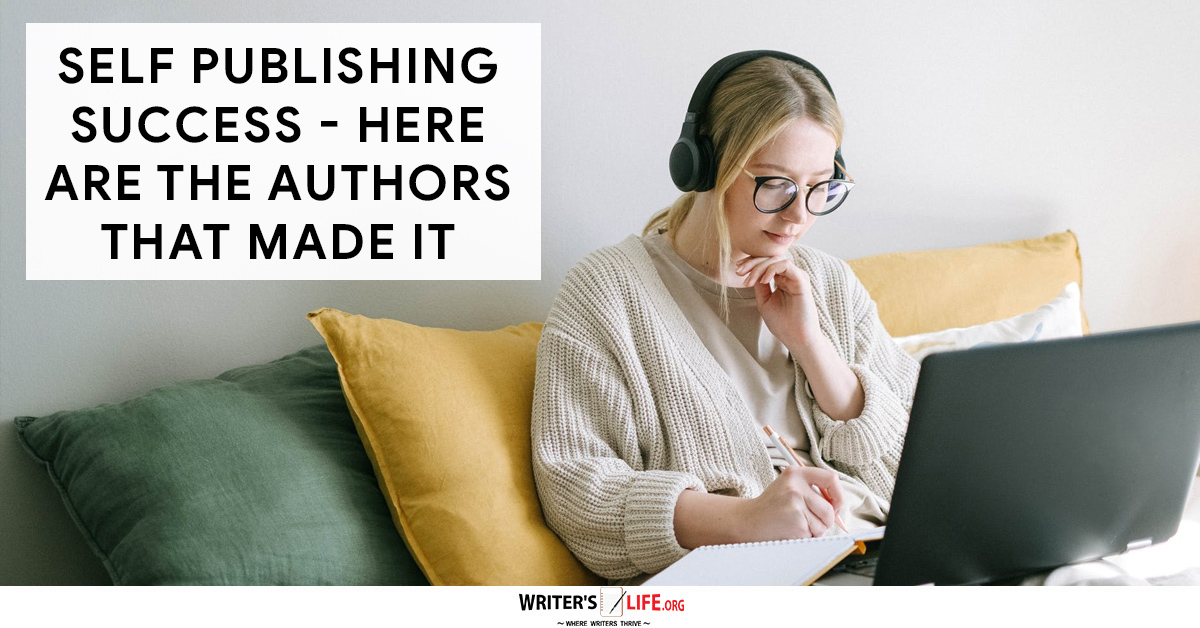- How To Tackle Jealousy In Creative Writing
- Common Submission Mistakes
- How To Stop Your Blog Becoming Boring
- The One Thing Every Successful Writer Has In Common
- How To Make Yourself Aware Of Publishing Scams
- Why Almost ALL Writers Make These Grammar Mistakes At Some Point
- 5 Tips For Authors On How To Deal With Rejection
- Top Mistakes to Avoid When Writing a Novel
- How to Avoid Common New Writer Mistakes
- 10 Mistakes New Fiction Writers Make
The Truth About Self-Publishing and Returned Books
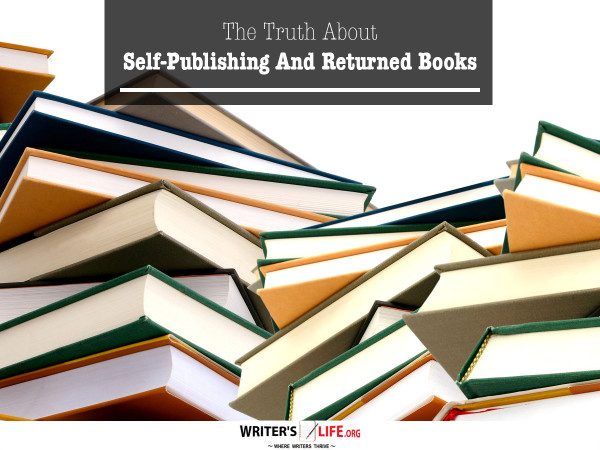
Share, Pin or Retweet If You Love Writing!
If you’re hoping to have mainstream bookstore distribution, using a Vanity Press may present some obstacles. Book buyers will likely tell you, “your book may be excellent, but you’re using a Vanity Publisher and the vast majority of their books are poorly edited. We’d have to read hundreds of their titles before locating a gem. We have neither the manpower nor the time to spend on that endeavor.” While this isn’t true of all Vanity Publishers, it’s true of many.
If you are thinking of self-publishing your first book, then you might want to check out Writer's Life webinar called How to Get Published, Sell Books & Attract Tens of Thousands of Readers by Selling Your Content on Amazon’s Kindle CLICK HERE! In this course you will taught how to publish online and sell to Amazon Kindle Direct Publishing Platform and Market. However be aware of some of the pitfalls of dealing with returned books mentioned in this article.
There is a difference between engaging a Vanity Publisher and being a Self-Publisher with your own imprint. A Vanity Publisher charges others to publish their works and then uses a service like LSI to do their Print on Demand printing. A Self-Publisher with their own imprint and their own ISBNs can use either a traditional offset printer, an offshore printer or a PODprinter depending on their needs and circumstances. Apparently, many book buyers won’t consider POD-printed books citing the same concerns they have about Vanity Publishers.
Having your own publishing entity won’t guarantee bookstores will be willing to carry your book for many of the same reasons they won’t carry a vanity published book, but it can protect your work from “guilt by association.” What’s clear is serious self-publishers must maintain the highest standards of design and production or risk being sucked under by the tide of mediocre books retreating into the ocean of well-meaning do-it-yourselfers.
Another reason bookstores hesitate to buy self-published books is they’re usually not returnable. Are you willing to gamble your books will sell? If so, when bookstores return unsold inventory, you bear the cost of the book plus shipping. If not, you’ll at least have to pay shipping costs for the torn off book covers proving the books were destroyed and the wholesale cost literally goes into the landfill.
With most Vanity Published books wholesaling at around $9 per book, imagine having three books in every Barnes and Noble across the country. That’s 777 stores and 2,331 books. At $9 per book, you’re gambling $20,979. Let’s say you sell an average of one book per store and you’re making $3 profit per book so you make $2,331. They return 1,554 unsold books to the printer expecting $6 per book (print cost) to be returned plus around $1 per book for shipping. $7 times the 1,554 unsold books equals $10,878 dollars you owe the book printer. You lost $8,547 on a deal you you started off celebrating.
Large publishers need to sell as many as 25,000 to 30,000 books to break even after absorbing returns and shrinkage. Lack of awareness of this business environment leads many small publishers blindly into a risky business. Big publishers choose books much like big investors choose stocks. Publishers rely on agents, just as investors rely on analysts and brokers, and both are prepared to risk big money to make big returns. Most self-publishers and vanity publishers are not.
Here are some scenarios:
1. Your agent got a bite on your novel from a New York publishing house. They’re offering an advance and a commitment to promote the book. — Go for it. They’ll take a bigger piece of each book sold, but you’ll probably sell a lot more books. Certainly, you won’t get promotion like that on your own. Hire a lawyer to negotiate the contract and sign. You’ll have found someone else willing to take the risk on your business; a rare opportunity. Plus, you’ll probably make it to the bookstores after all. That said, don’t think you can sit home and wait for royalty checks. There will be plenty of work to eat into your writing time.
2. You’re a novelist and your manuscript is finished. You’re willing to hire someone to produce it or you’re capable of putting it together yourself, and willing to work to gain popular acceptance and income — Get some ISBN numbers and self-publish it with a POD printer like LSI or CreateSpace. You have access to the same online distribution channels that iUniverse or Xlibris does. Build a blog and start marketing. Focus on online channels unless you have money to risk on your venture.
3. You’re a novelist and your manuscript is finished. You’re willing to hire someone to produce it, but you’re on a tight budget. You have no stomach for blogging or discussion forums. You prefer to put the book into distribution, accept whatever sales result from that and move on to writing the next book. — In this case, the Vanity Press may be a good solution. And this scenario is applicable to more people than you might think. If you write because you love writing, the psychological and spiritual benefits of knowing your books are finished, sharable, and in distribution but not interfering with your ongoing work will certainly outweigh the returns from tentative, sporadic and impassionate marketing efforts. Specifically, you’re not a publisher; you’re a writer and that’s a fine thing to be.
4. You have a nonfiction book about a topic of interest to a particular community. (If your book is about self-publishing and you really want to have fun, try shopping it around to publishers). Self-publish and engage with the communities that are expressly interested in your information. Establish yourself as a source of expertise and inspiration within the community you serve. Set yourself up to be found when someone searches for your topic, especially on Amazon. Pick up a copy of Tribes: We Need You to Lead Us, by Seth Godin. Make lots of noise. Offer seminars and consulting services.
It’s important to make a realistic assessment of where you stand in the book publishing food chain, especially if your target is the mainstream. Knowing your place and the risks/benefits of your various options can make the difference between being a happy writer or a broken investor. Moreover, if you’re not using a traditional publisher, set your sights on non-traditional distribution sources, and think outside the bookstore.
Staying on track as a writer takes some organization and time to sit back and brainstorm the future of your projects. The Writers Life creative team has put together a product called The Get It Done, Writer's Toolkit. This is an ebook/CD combo set that can teach you how to overcome writer's block and procrastination. You will learn how to stop stalling and see the big picture so you have more time to manage your publishing projects with some personal vision.
Thanks to Timothy Brady for the interesting bookstore return statistics.
This post by Dave Bricker was originally published with the title Many Unhappy Returns -- Think Outside the Bookstore at http://theworldsgreatestbook.com/many-unhappy-returns-think-outside-the-bookstore/.


